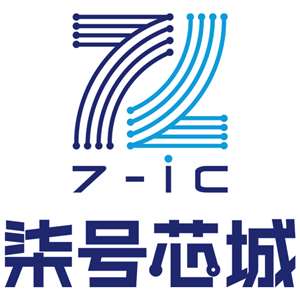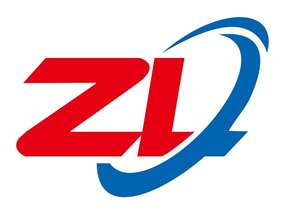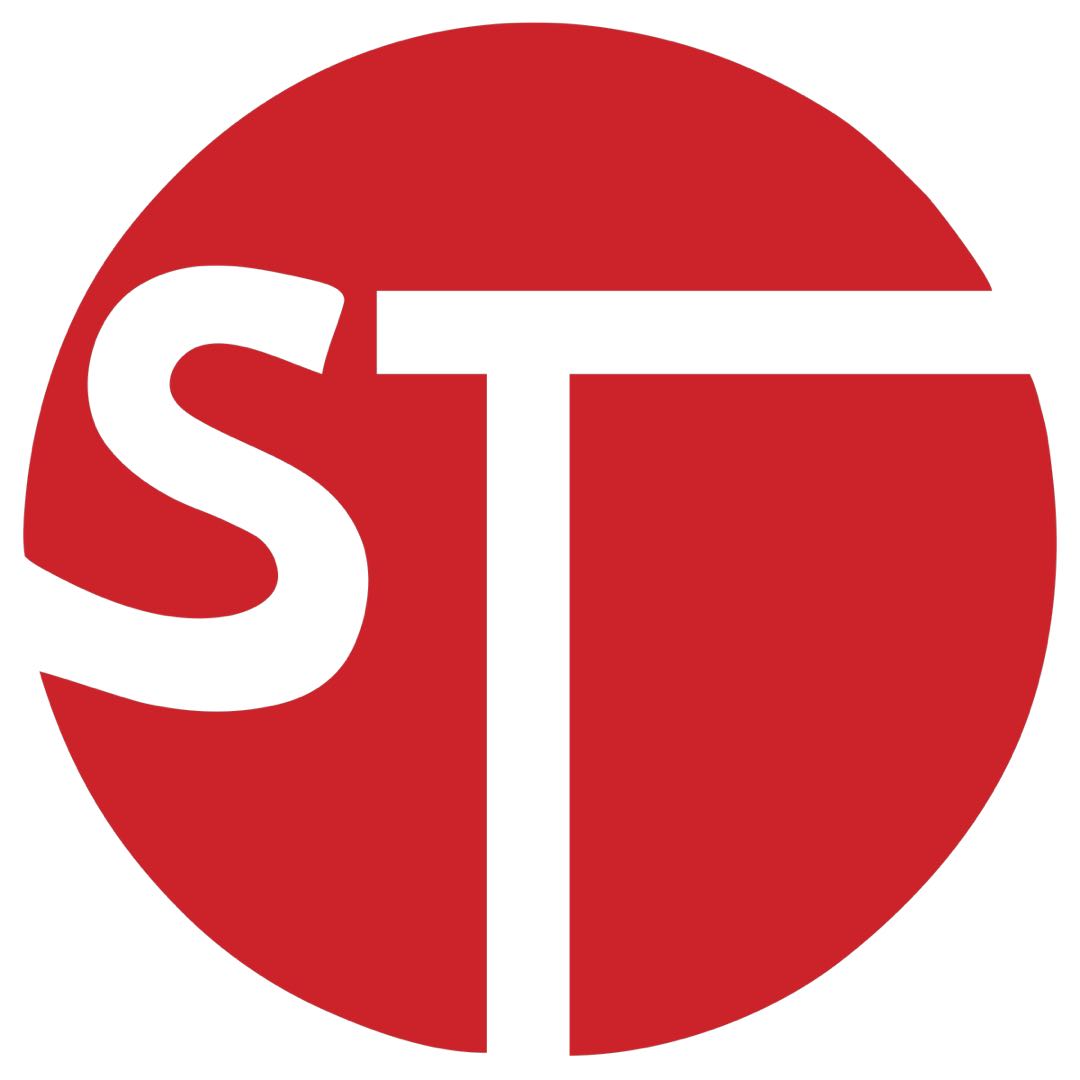

柒号芯城电子商务(深圳)有限公司
服务专线:
18922805453
在线联系:
![]()
![]()

深圳市中利达电子科技有限公司
服务专线:
0755-13686833545
在线联系:
![]()
![]()

深圳市芯福林电子有限公司
服务专线:
13418564337
在线联系:
![]()

北京元坤伟业科技有限公司 服务专线: 010-62104931621064316210489162104791 在线联系:

首天国际(深圳)科技有限公司 服务专线: 0755-82807802/82807803 在线联系:

| 型号: | UCC3818D |
| 是否无铅: | 不含铅 |
| 是否Rohs认证: | 符合 |
| 生命周期: | Active |
| 零件包装代码: | SOIC |
| 包装说明: | GREEN, PLASTIC, MS-012AC, SOIC-16 |
| 针数: | 16 |
| Reach Compliance Code: | unknown |
| 风险等级: | 5.15 |
| 模拟集成电路 - 其他类型: | POWER FACTOR CONTROLLER |
| 控制模式: | CURRENT-MODE |
| 控制技术: | PULSE WIDTH MODULATION |
| 最大输入电压: | 15 V |
| 最小输入电压: | 10.3 V |
| 标称输入电压: | 12 V |
| JESD-30 代码: | R-PDSO-G16 |
| JESD-609代码: | e4 |
| 长度: | 9.9 mm |
| 湿度敏感等级: | 1 |
| 功能数量: | 1 |
| 端子数量: | 16 |
| 最高工作温度: | 70 °C |
| 最低工作温度: | |
| 最大输出电流: | 1.2 A |
| 封装主体材料: | PLASTIC/EPOXY |
| 封装代码: | SOP |
| 封装形状: | RECTANGULAR |
| 封装形式: | SMALL OUTLINE |
| 峰值回流温度(摄氏度): | 260 |
| 座面最大高度: | 1.75 mm |
| 表面贴装: | YES |
| 切换器配置: | BOOST |
| 最大切换频率: | 120 kHz |
| 技术: | BICMOS |
| 温度等级: | COMMERCIAL |
| 端子面层: | NICKEL PALLADIUM GOLD |
| 端子形式: | GULL WING |
| 端子节距: | 1.27 mm |
| 端子位置: | DUAL |
| 处于峰值回流温度下的最长时间: | NOT SPECIFIED |
| 宽度: | 3.9 mm |
| Base Number Matches: | 1 |
专业IC领域供求交易平台:提供全面的IC Datasheet资料和资讯,Datasheet 1000万数据,IC品牌1000多家。